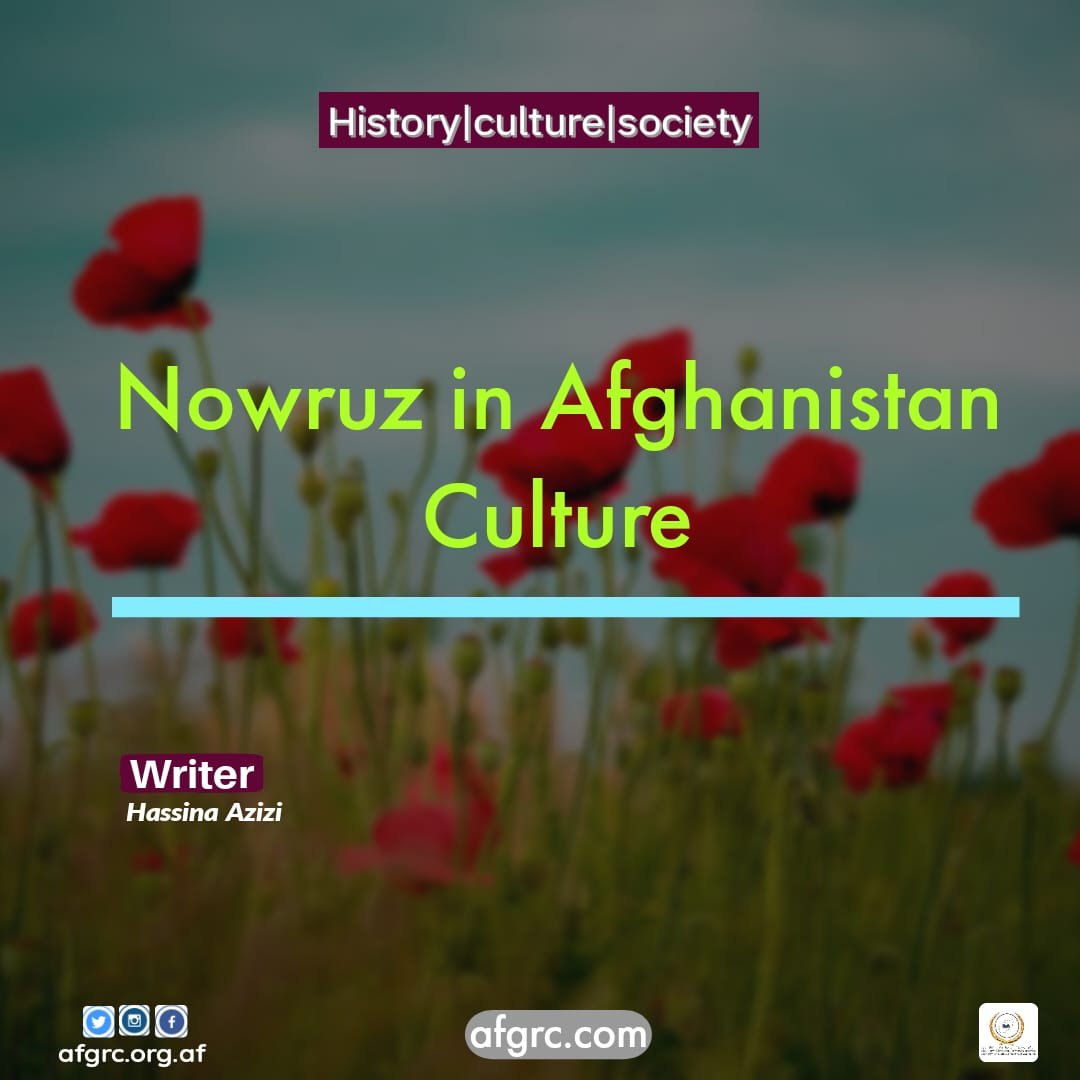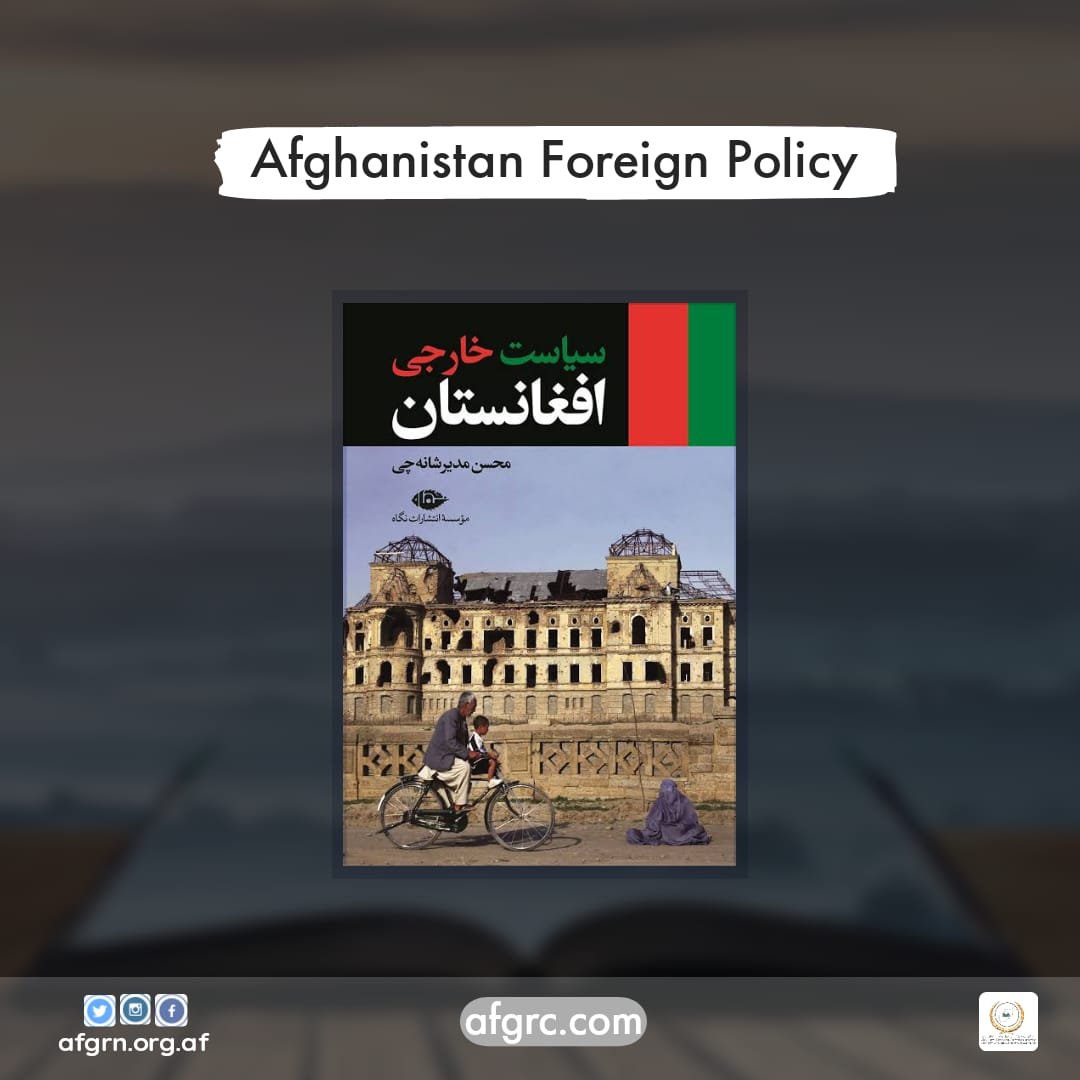Writer: Hassina Azizi
Afghanistan, with a long history of nearly five thousand years, has been described as a crossroads of civilizations, and the diversity of these civilizations has inevitably affected the ethnic structure of this country. Therefore, many ethnic groups live in Afghanistan.
In terms of ethnic structures, Afghanistan remains as an intersection of ethnic groups located in its eastern, western, northern, and southern neighbors.
According to the report published by the Ministry of Border Affairs, Ethnicities and Tribes in Afghanistan, 46 ethnic groups including Pashtun, Tajik, Hazara, Uzbek, Turkmen, Aimaq, Peshaye, Arab, Kyrgyz, Baloch, Qazalbash, Bayat, Pamiri, Hindu and Sikh and other ethnic groups live.
Even though many ethnic groups live in Afghanistan, no census has been conducted in accordance with international standards throughout the country. For this reason, there is still no accurate information about the number of ethnic groups living in this country. The number of populations and ethnic groups given in various books and sources are generally based on estimates and do not show exact figures. Therefore, Afghanistan Research and Studies Center (AFGRC) in this research ignores the figures provided based on estimates and only examines the structures and characteristics of the ethnic groups living in Afghanistan.
Pashtuns
Pashtuns are one of the largest ethnic groups in Afghanistan who live widely in the eastern and southern regions of the country. The majority of Pashtuns in Afghanistan are Sunni Muslims. The Pashto language, which belongs to the family of Indo-European languages, is widely used in the northwestern regions of Pakistan and in Pashtun-inhabited areas of India, except for Afghanistan. According to Pashtun ancestry, the most important ethnic groups of Pashtuns are Duranis, Gholjais [Gholzais], Karlanis and etc.
Tajiks
Tajiks are descended from Aryayans and are one of the native ethnicities of Central Asia and Aryana. Today, in addition to Afghanistan, they also live in Iran, Pakistan, Uzbekistan, North India, Xinjiang region of China. Tajiks belong to the Sunni faith and speak Persian, which is a branch of Indo-European languages. In the north and northeast of the country; They live in areas like Kabul, Badakhshan, Panjshir, Balkh, Farah, Baghlan, Takhar and Herat. Tajiks generally live in cities and are an ethnic group without a tribal structure. Tajiks living in villages are engaged in agriculture for their livelihood, Tajiks are considered one of the most influential sections in the country’s political and cultural environment.
Hazaras
Hazaras usually live in central Afghanistan in the mountainous region called Hazara Jat, in the highlands of the Hindu Kush and in the northern regions. Native Hazara’s are engaged in livestock and agriculture in the villages. Hazara people are mostly of Shia faith and their language is one of Persian dialects. Some Hazaras, who were forced to flee Afghanistan during the reign of Abdul Rahman Khan, live in Khorasan, Baluchistan, Pakistan, and various parts of India. The provinces where Hazaras live in Afghanistan are: Bamyan, Ghor, Ghazni, Wardak, Daikundi and Uruzgan.
Uzbeks
Uzbeks who are Turkic ethnicities live in southern Amu Darya and northern Hindu Kush, Balkh, Jawzjan, Faryab, Samangan, Takhar, Kunduz, Baghlan, and Badakhshan. In addition to Afghanistan, Uzbeks also live in Central Asian countries such as Tajikistan, Uzbekistan, and Kyrgyzstan. Uzbeks belong to the Sunni faith and speak the Uzbek language, which is a branch of the Ural-Altaic language family. Uzbeks living in rural areas are engaged in agriculture, herding and carpet weaving. Some known Uzbek ethnicities such as There are Qarlaq, Qungrat, Chaghtai, Uyghur and Qataghan which are also divided into sub-categories. These sub-ethnicities are distinguished from each other only by very small differences in their language.
Turkmens
Turkmens who are originally of Turkish origin, live in countries such as Afghanistan, Turkmenistan, Iran,
Türkiye and Iraq. Afghan Turkmens live in the southern shores of Amu Darya and in areas bordering Turkmenistan in provinces such as Faryab, Jawzjan, Baghlan, Kunduz and Balkh. Turkmens are formed from several ethnicities including Teke, Salur, Sariq and Goklan. The Turkmen language which is known as one of the branches of the Ural-Altai family. Turkmens are Sunni Muslims and most of them are engaged in agriculture, herding and carpet weaving and play an important role in Afghanistan’s economy because of the famous Afghan carpets and Qaraqol sheep skin produced by Turkmens are both high export products.
Aimaqs
Aimaqs are religious Sunni Muslims who speak Persian. The Aimaqs who are from the Aryayans dynasty are known as the founders of the powerful Ghorian dynasty. The Aimaqs are considered to be the native inhabitants of ancient Ghor in history and have lived in other areas such as Badghis, east of Herat and in the mountainous areas of the west of Hazara Jat. They are better known as “four Aimaqs” (four tribes) whose main parts are Jamshidi, Firuzkohi, Taimani and Suri. At the end of the 19th century, Aimaqs migrated to northern Afghanistan due to wars and were scattered in cities such as Kunduz, Baghlan and Takhar. Aimaqs settled in rural areas are engaged in agriculture and herding.
Nuristanis
Nuristanis live in the mountains of the northeastern valleys of Afghanistan. The most common view about Nuristanis is that they are of Indo-European origin and were independent until the late 19th century. After the conquest of Abdul Rahman Khan in 1895, they converted to Islam and thus the name of the region was changed from Kafiristan to Nuristan. Nuristanis do not have a single language and speak five languages. Their language has no similarities with other languages of Afghanistan and belong to the family of Indo-European languages. The geographical structure of the region has led to an isolated life in the country and for this reason, they have different characteristics from other groups of the country in terms of culture and tradition. Nuristanis are engaged in agriculture and herding, and due to the presence of dense forests, wood industry and its production have also been developed in this area.
Balochs:
Balochs in the Sistan region where is the intersection between Pakistan, Southwest of Afghanistan and the borders of Iran and in addition to Sistan, they also live in these three countries. They speak the Balochi language which is from the Indo-European family, besides Balochi, some of them also speak Persian and Pashto. Baloch groups are differentiated into eastern, western, and southern Baloch due to the languages they speak. They are mostly in provinces like; Farah, Nimroz, Kandahar, Uruzgan, Sarpol, Balkh and the desert and semi-desert areas of Helmand live in Afghanistan. This tribal community is famous for breeding camels. Many Baloch people live in Pakistan and Balochistan is one of the 4 states of Pakistan. The social life of Baloch is based on tribal order and they are engaged in agriculture and herding.
Kyrgyz
The residence of the Kyrgyz is in the far northeastern part of Afghanistan and on the border with China. The Kyrgyz, who today constitute a small number of the population of Afghanistan, have a tribal life and live in the Tanga or Dalan Wakhan and are engaged in herding. The Kyrgyz are related to the larger Kyrgyz population living in Tajikistan, Kyrgyzstan, Pakistan, and the Uyghur region of China. Most of the Kyrgyz people belong to the Sunni faith and speak the Kyrgyz language which belongs to the Ural-Altaic language family.
Arabs
The Arabs are another native people in Afghanistan who belong to the Semitic group in terms of racial origin. The most common view is that the Afghan Arabs derive their ancestry from the Arab armies that conquered Central Asia. Contrary to their name, Arabs do not speak Arabic, but the Arabs living in northern Afghanistan speak Persian or Uzbek and the rest speak Pashto. Arabs mainly live in certain parts of Balkh and Nangarhar provinces and are engaged in herding.
Hindus and Sikhs
Hindus and Sikhs are one of the non-Muslim groups that live in urban areas. They live in Kabul, Kandahar and Nangarhar provinces and earn money from jobs such as shopkeeping, goldsmithing and trading. The mother tongue of Hindus and Sikhs is Hindi, which belongs to the Indian Peninsula family. Their religion is Hindu and Sikh, and they have their own temples in the areas where they live.
Jews
Jews are another non-Muslim people who lived in cities and were engaged in business and shopkeeping.
Until the middle of the 20th century, Afghanistan had small Jewish communities in Kabul, Herat, and Kandahar. Afghan Jews belonged to the Jewish religion, some of them spoke Hebrew and others spoke Persian and Pashto.



